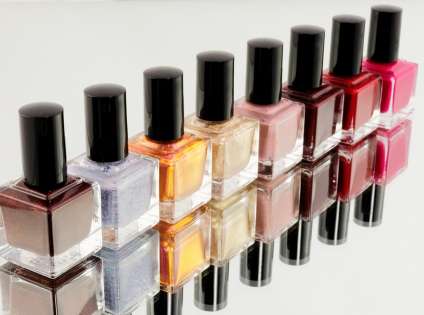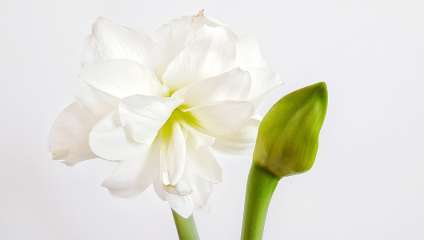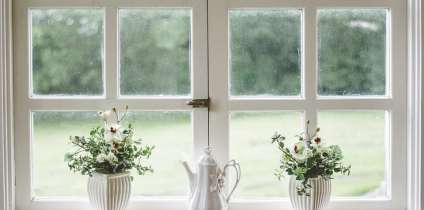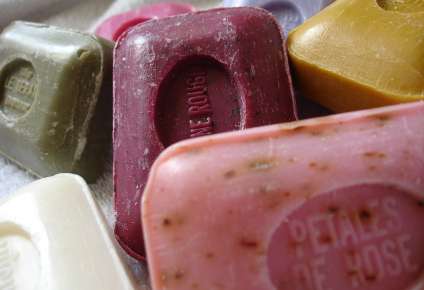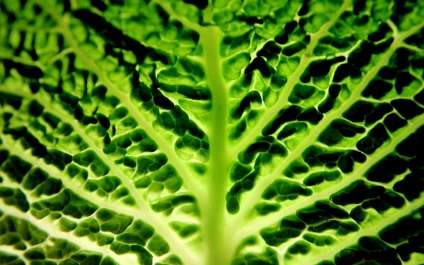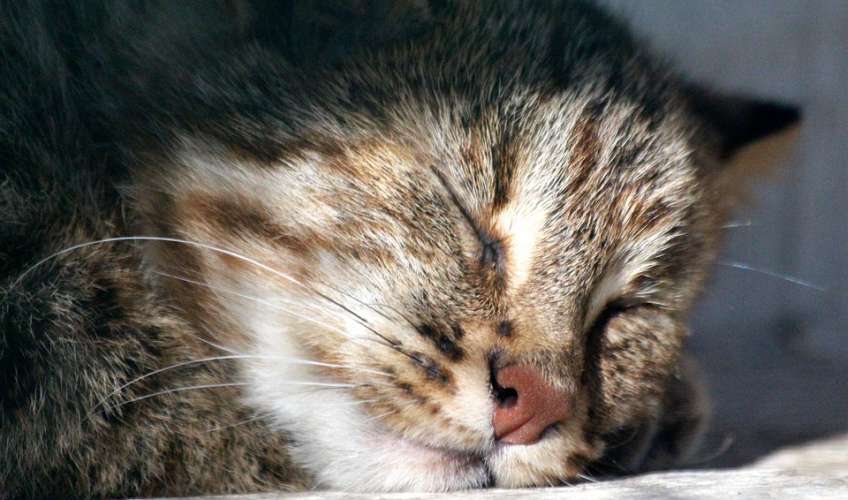Unusual ideas for home photography
Published: 04.02.2020
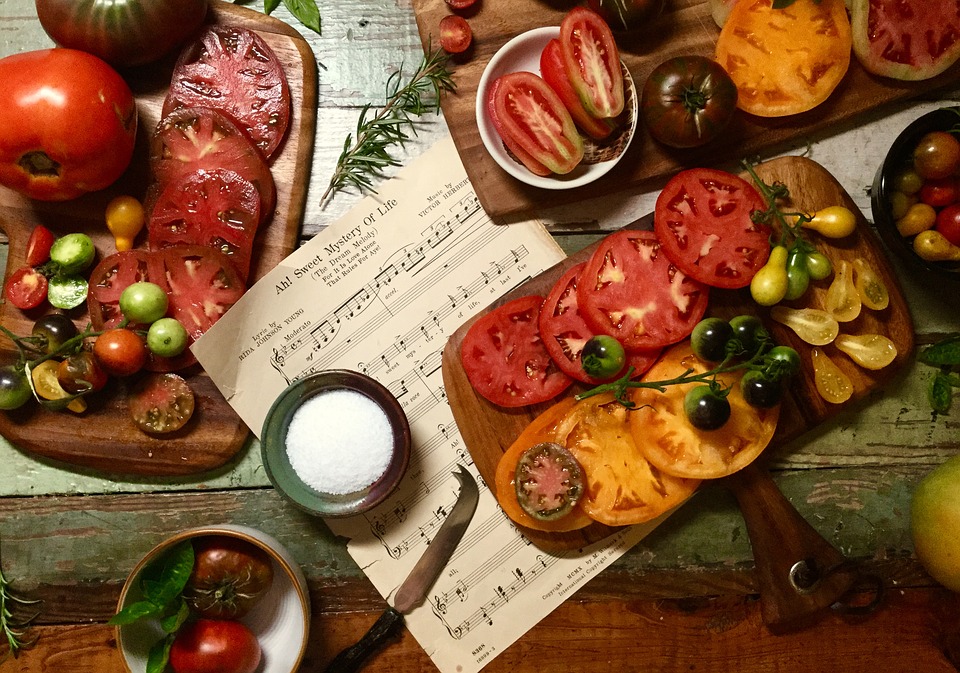
Home is the perfect place to acquire photography skills. Taking photos at home is easy to do in your free time. Our unique ideas for home photography will allow you to see familiar things in a different light.
Many mistakenly believe that in order to capture the perfect shot, one must travel to the ends of the earth. In search of new locations for shooting and unique subjects, people overlook what is right in front of them.
That very case
Shooting at home limits you with lighting, composition, and subject. Connect your imagination and see how many items in the room look amazing through the lens of a camera or smartphone. Find inspiration in simple things that are always at hand.
Expanding the boundaries of photography is easier and more enjoyable at home. Your familiar surroundings are a source of creative ideas. Shooting in comfortable conditions encourages thinking outside the box.
Look around and start taking photos.
Take photos from different angles.A simple way to make a photo of an everyday object interesting. The goal is to show the object from a unique angle that the viewer has not seen before.
Take a photo of the object at a very low or high angle. Evaluate the impact of the angle on the appearance of the image. Take photos of the object from different sides and even from the inside. A different perspective encourages the viewer to look at familiar things in a new way.
For me, photography is the art of observation. It's about finding something interesting in an ordinary place...
Elliott Erwitt (American photographer)
Simplify the scene.Shooting indoors introduces unwanted interference in the photo. The enclosed space contains elements in the scene that are distracting.
Choose an object to shoot and simplify the scene. Make the background clean:
Move the object to another position so that distracting elements are not included in the frame.
Place a clean sheet of paper behind the object.
Find an angle with a clean background.
A simple composition creates a powerful image. The viewer focuses their attention on the main subject.
Use natural lighting.Windows are the only source of natural light in a room. Place objects for photos near the window and get a great way of lighting.
Watch the light that enters the house at different times of the day. During the golden hour (sunrise and sunset), you can capture beautiful warm lighting for photos.
Semi-transparent curtains or blinds can help soften the bright sunlight. Use white paper as a diffuser to eliminate harsh shadows created by strong direct light. Photos taken with a diffuser will have softer lines.
Look out the window.Windows are not just a source of light. They help create cool frames. The window forms a frame around the edge of the photograph. The subject can be either the view outside or the window itself.
At night, you can capture moody photos using only moonlight or streetlights. In bad weather, shooting through raindrops on a window glass can lead to fantastic results.
Experiment with artificial light.Use lamps in the absence of natural light. The color tone of different types of light bulbs affects the character of the image.
The incandescent bulb creates a warm orange or yellow color.
LED lights emit a cool bluish light;
Fluorescent lights give off a greenish hue.
Fill the frame with the object.Another way to get rid of a bad background is to fill the entire frame with the subject. This technique leads to maximum emphasis on the object. Nothing distracts the eye.
Approach the object as close as possible. But keep an eye on the focus. Otherwise, the image will be blurry. It's okay if the entire object doesn't fit into the frame. A close-up of a part of the object will show intricate details and texture. And will tell you much more about the object than if it were taken from a distance.
Light up the object in a non-standard way.Use other sources of artificial light. Try turning on electronic devices (smartphone or computer), a flashlight, and even the light from the refrigerator.
Add photos intimacy and atmosphere with candles. They will fill the image with a warm glow.
Highlight the objects.Backlighting - a light source behind the object. Use light from a window or lamp to illuminate the subject.
Backlighting is essential when photographing semi-transparent objects. Light from behind passes through the object and reveals miniature details. Press a cabbage leaf against the window to let sunlight pass through it, and take a photo. A natural color palette will evoke images of a cool forest and damp grass.
Backlighting makes it easy to create silhouettes. To do this, place the object in front of the light source. Set the focus. Reduce the exposure until the object becomes a dark silhouette against a bright background.
Photograph the shadows.Explore the house. Look for interesting shadows created by household objects. Or create a shadow yourself. To do this, place an object in front of a wall, and then shine a light on the wall and the object.
Experiment with the angle of light. Change the position of the shadow in relation to the object. Increase or decrease the intensity of the shadows. Adjust the distance between the object, the light source, and the surface where the shadow is cast.
Take a photo of the shadow separately and together with the object. Just make sure that your own shadow is not in the frame.
Take your time.Photograph objects that show their age and decay. They have a captivating texture that will bring the photos to life and add a tactile sensation to them.
Cool objects for such photos: old doors, peeling paint, rust on pipes or spiderwebs.
Textures stimulate the senses. Enhance tactile perception with details of texture decay. Take close-up shots.
Invoke emotions.Abstraction lives in your house. Find it. The intricate pattern of a cup, the facets of an aquarium reveal the design and structure of glass. Look for patterns that will come to life in the light. Capture them up close.
Use color. It has a visual impact on the image. Fill the frame with color. Make it the main focus of the shot.
Take several templates or objects of the same color. Use an array of images with a specific color or abstract scheme as the basis for a photo collage. Strong emotions for the viewer are guaranteed.
Make portraits.If you have time, take portraits. Use different lighting. Light the subject from the front, the side, or the back. This will give you various results.
In the absence of natural light, use artificial light or candles. If children or pets are not willing to sit still, take photos while they are asleep.
Eliminate distracting background. Move the object to a different position or change the shooting angle. Portraits do not always mean a person's face or an animal's face. Body parts are a great subject for photography.
Don't be afraid to take picturesclose-upEven if not the whole head is in the frame. This type of composition is often effective. A close-up detailizes and shows the texture.
Document the events.Take photos of the stages of any activity.
This way you will create an interesting set of images that tell a story.
For example, film how children help their mother bake a cake. Capture the process and details from start to finish.
Photos of all stages of making sweets will be the basis for a collage.
Home is a great place for photo shoots. Tons of everyday items can be used as subjects for attractive still life or macro shots.
Think outside the box. Explore your home for creativity and use all shooting methods. Try shooting at different times of the day. Use different types of lighting. Limit yourself to one theme, for example, kitchen items or shadows. Take many photos and enjoy the process.

